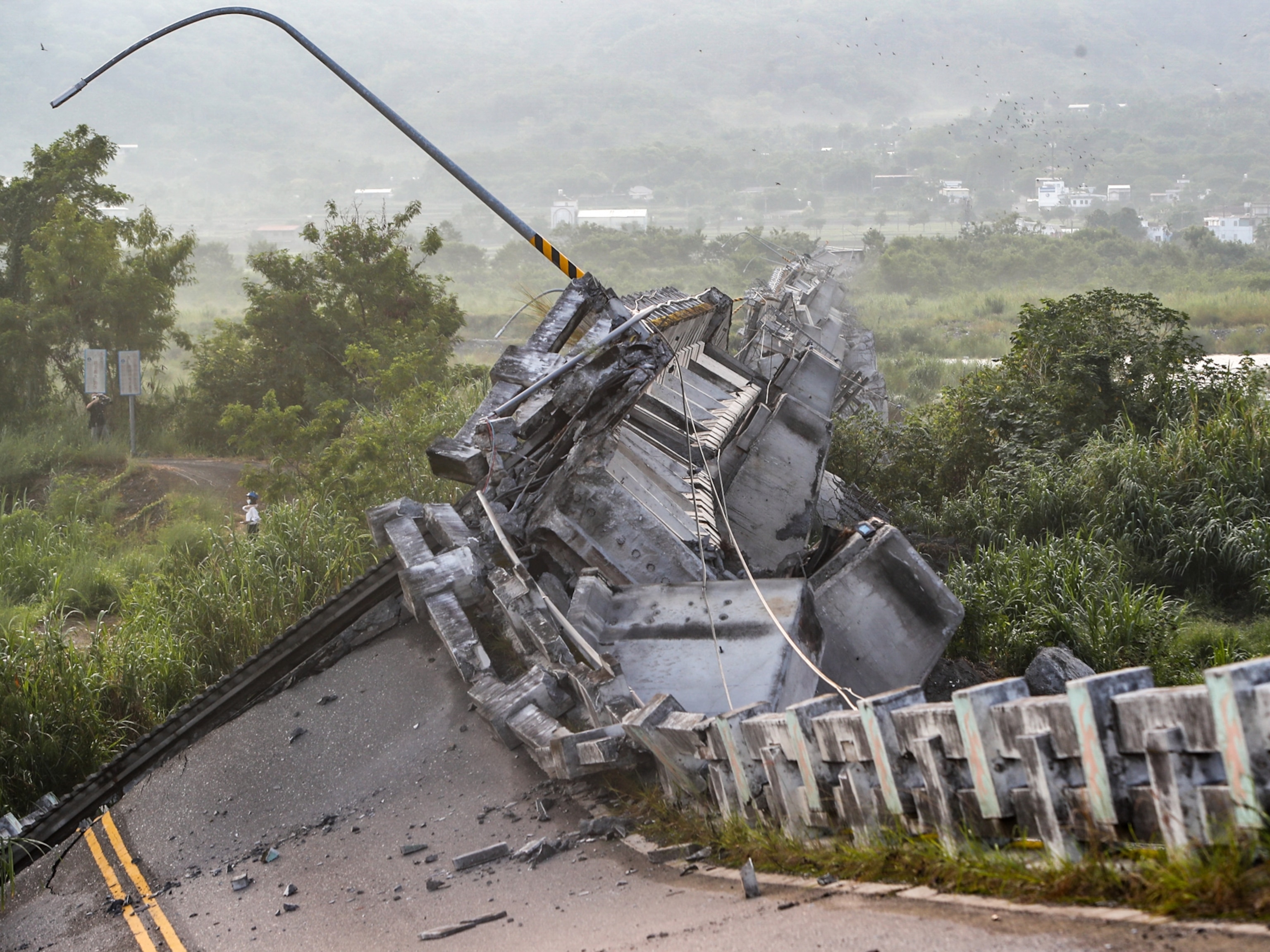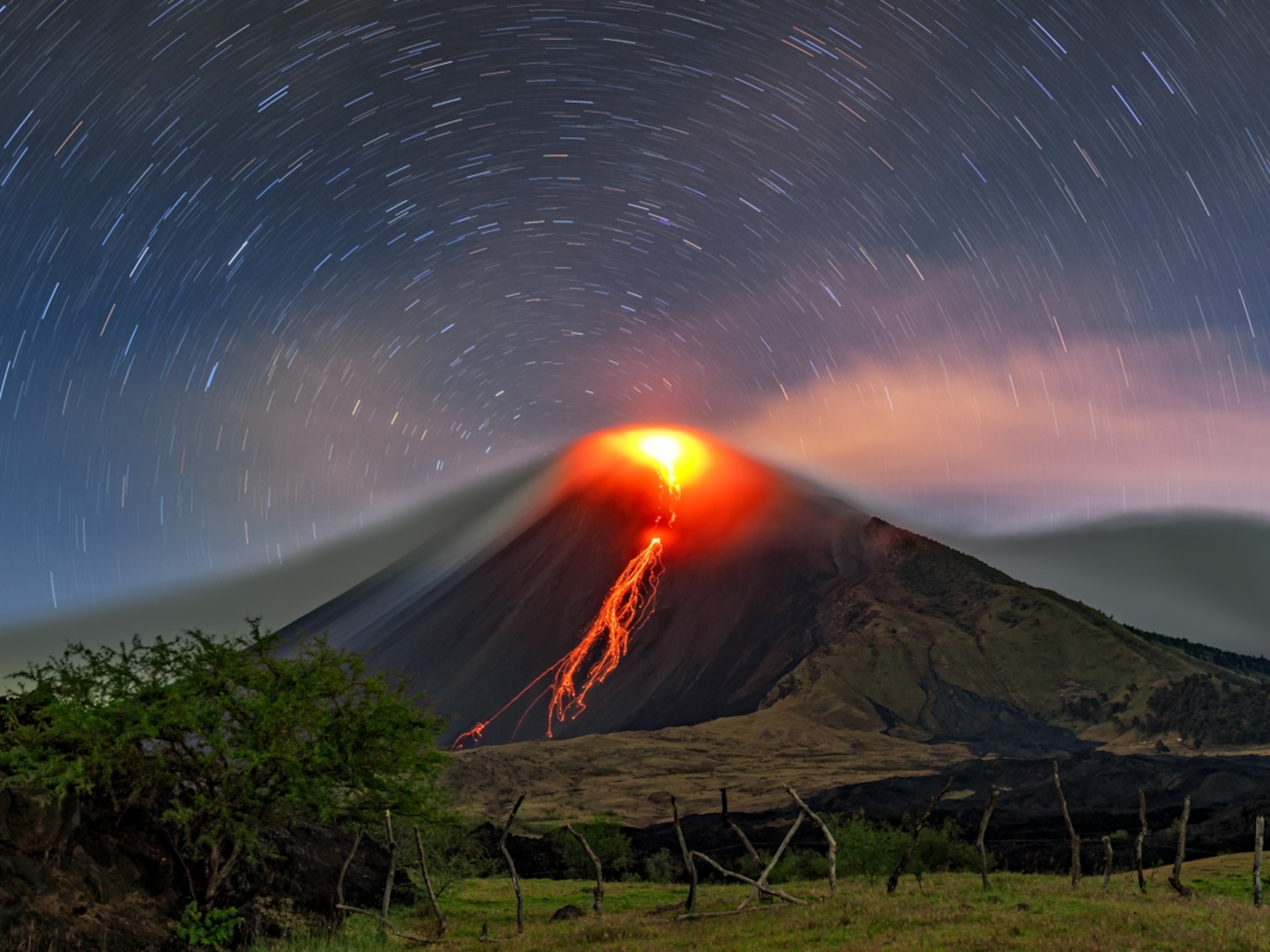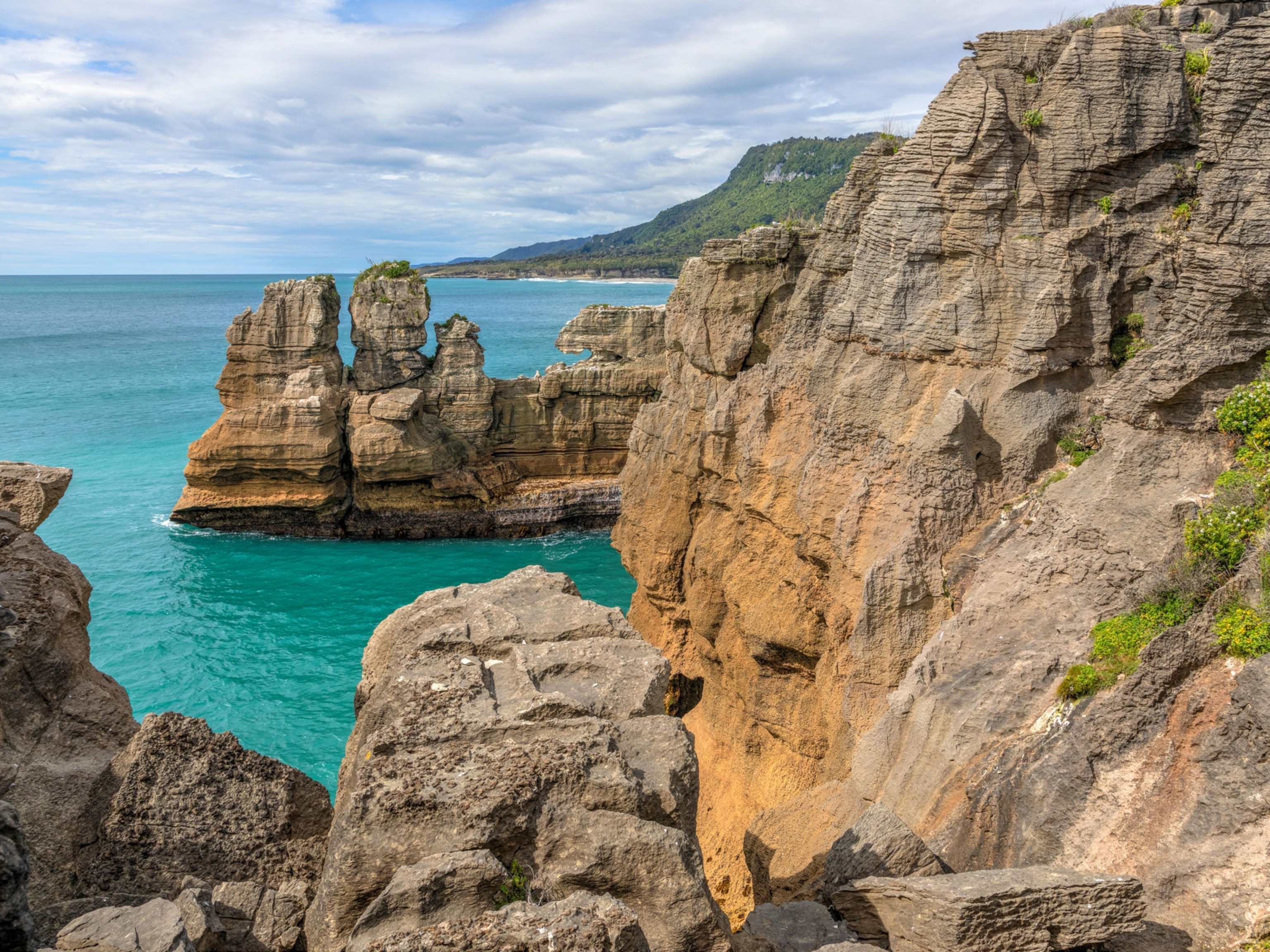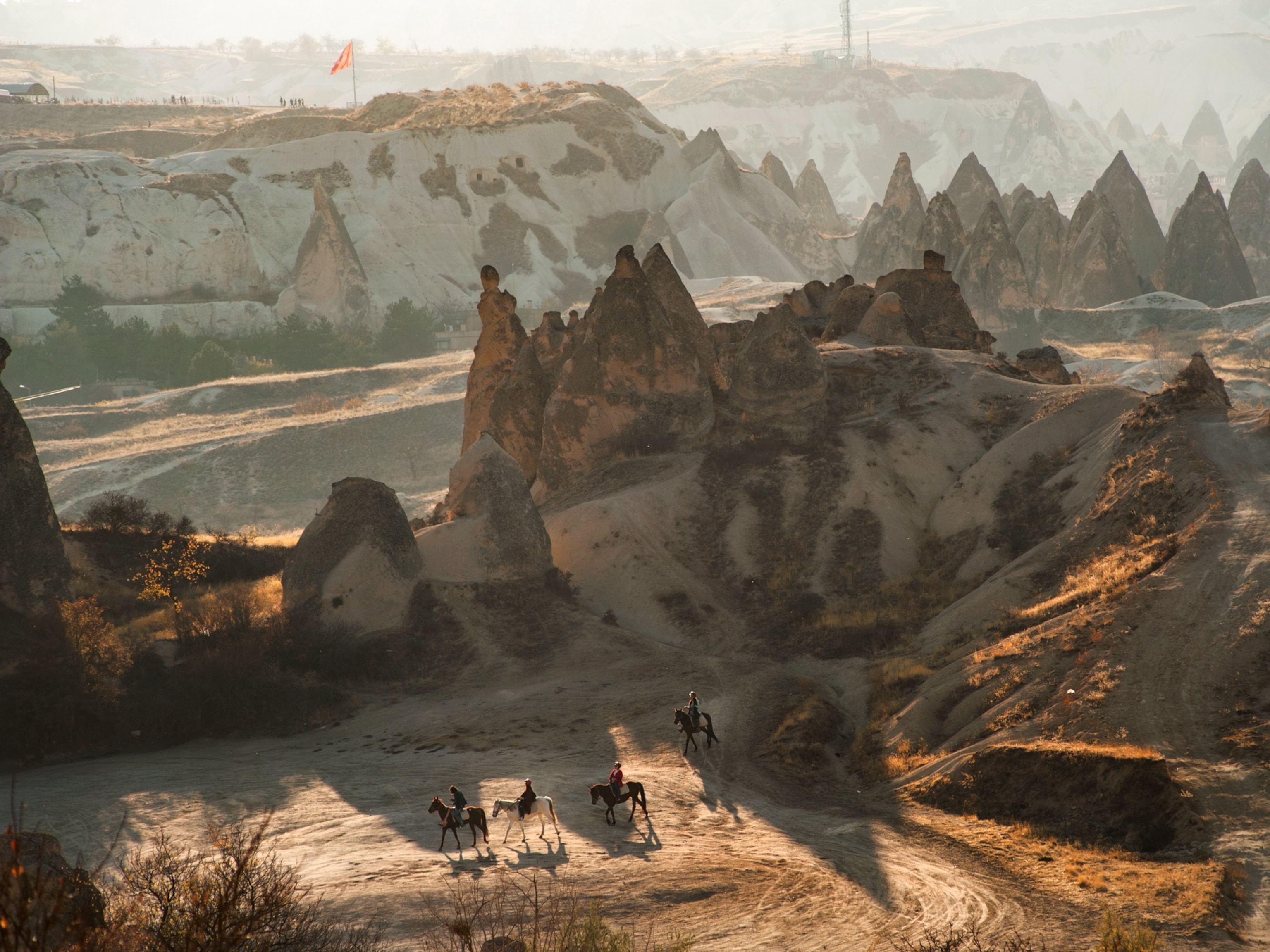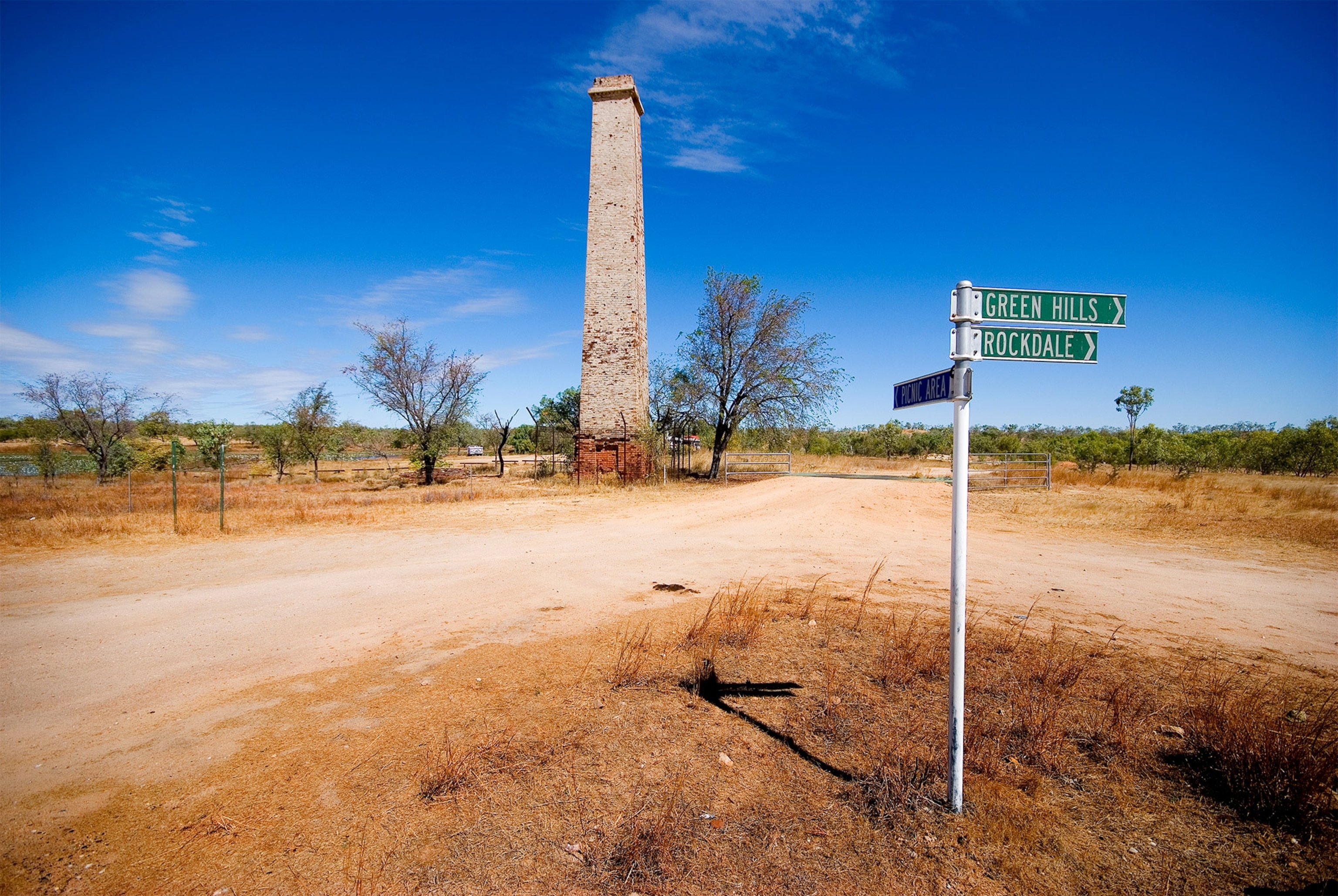
Part of Australia Sits on an Ancient Piece of North America
A surprising new geologic finding provides insight into how today's continents formed.
A new geological study led by researchers from Curtin University in Western Australia has determined that rocks beneath the town of Georgetown, North Queensland—commonly known as the Georgetown Inlier—were once a part of Canada’s Western Laurentia, the geological core of North America. Though very much a part of Canada and North America, Laurentia has travelled all over the world, breaking away from several continents before settling where it is now.
Around 2 billion years ago the world was all joined together as one giant supercontinent named Nuna, before each continent split and drifted apart.
The team recorded that Laurentia had not only left segments at the very top of Australia, but remnants can be found beneath Georgetown, a town with a population of just 250 people. The rocks found beneath the small town, under examination, seem to match those found in the Laurentia, Canada, dating back to the Proterozoic Eon.
According to the paper, 1.66 billion years ago a chasm grew between the Georgetown Inlier and Laurentia. At this time Nuna was already breaking and drifting apart.
The small deposit of Laurentia, instead of following the larger mass, stayed behind, colliding with what is now Georgetown.
Lead author Adam Nordsvan from Curtin University explains to IFL Science that the Inlier of Georgetown is like a “continental ribbon” described as a “piece of continental crust that has rifted from a craton,” in this case Laurentia.
“New Zealand is a modern example of this,” he added.
The study gives us a better picture of our world and how it came to be.

